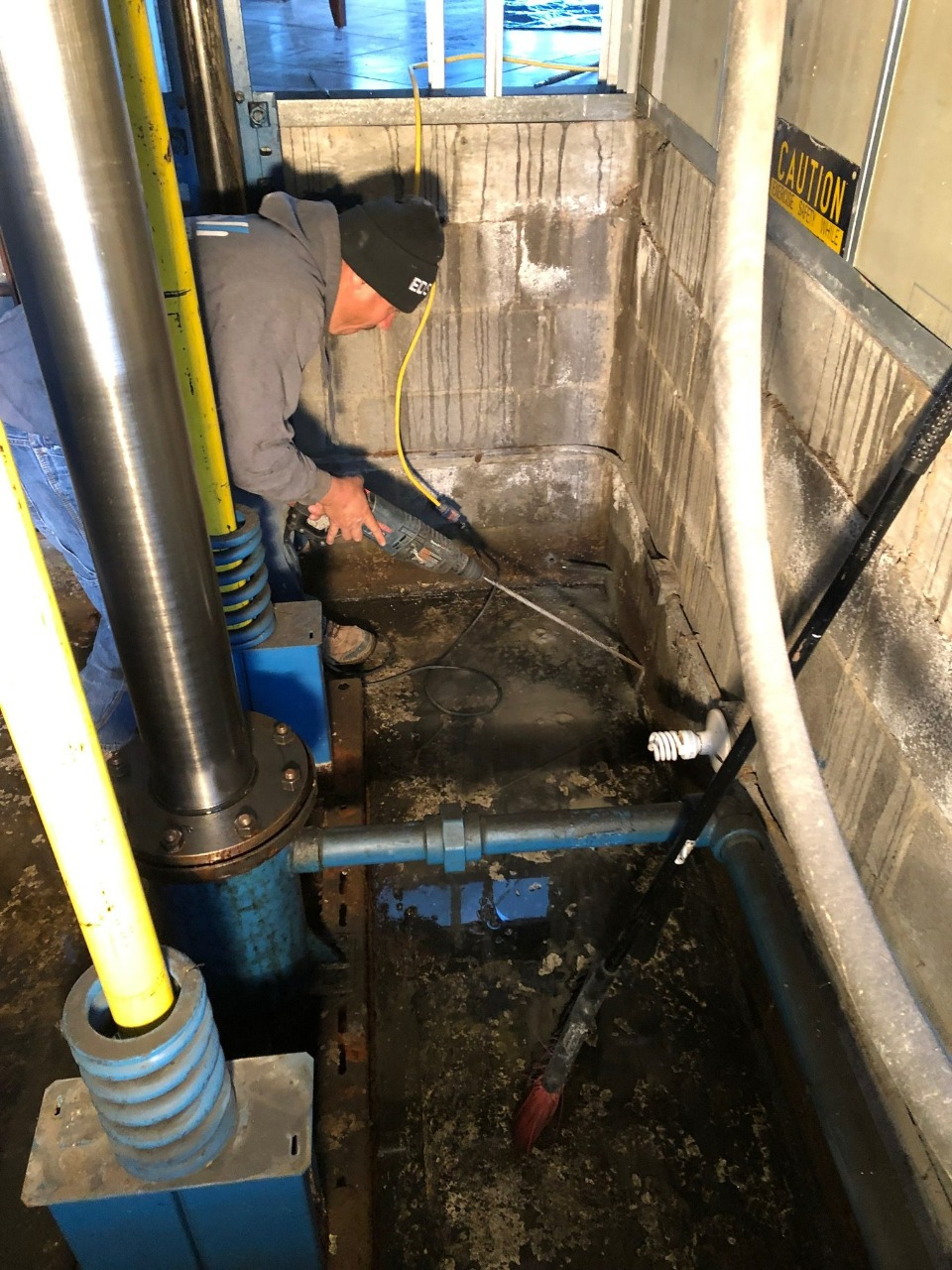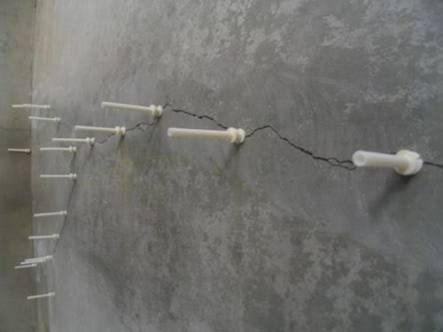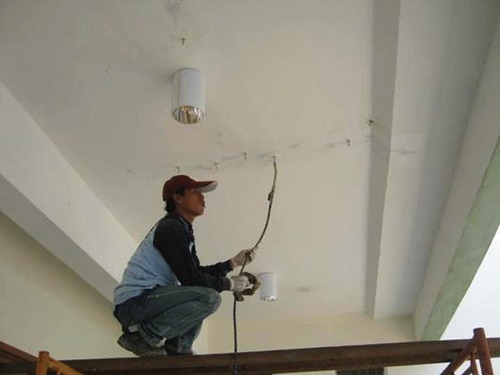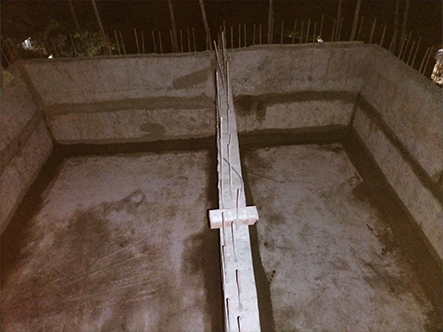


Lift Pits
PU Injection grouting is normally done from the surface of RCC water tanks/lift pits on the ground. Crack, joint, and voids are filled with a Chemical material to achieve this goal. The cement grout, polymer-cement slurry, epoxy, poly urethan, and high-molecular-weight methacrylate are used.

Retaining walls
A hole is drilled into the lower floor ceiling, and the PU grout is injected through this hole using either low and high pressure (depending on the type of ceiling structure). Once injected, the grout will expand to fill up the void or cracks caused by water damage.

Ceilings
A hole is drilled into the lower floor ceiling, and the PU grout is injected through this hole using either low and high pressure (depending on the type of ceiling structure). Once injected, the grout will expand to fill up the void or cracks caused by water damage.

Overhead Water tanks
PU Injection grouting is normally done from the surface of RCC water tanks/lift pits on the ground. Crack, joint, and voids are filled with a Chemical material to achieve this goal. The cement grout, polymer-cement slurry, epoxy, urethan, and high-molecular-weight methacrylate are used.

STP Tanks
Retaining walls can be external walls forming part of the landscape design, or walls that form part of a property. Landscape walls are much less critical but often require a retaining wall waterproofing membrane to prevent dampness from the ground spoiling the aesthetic nature of the design, with weep holes being incorporated to alleviate hydrostatic pressure where required.